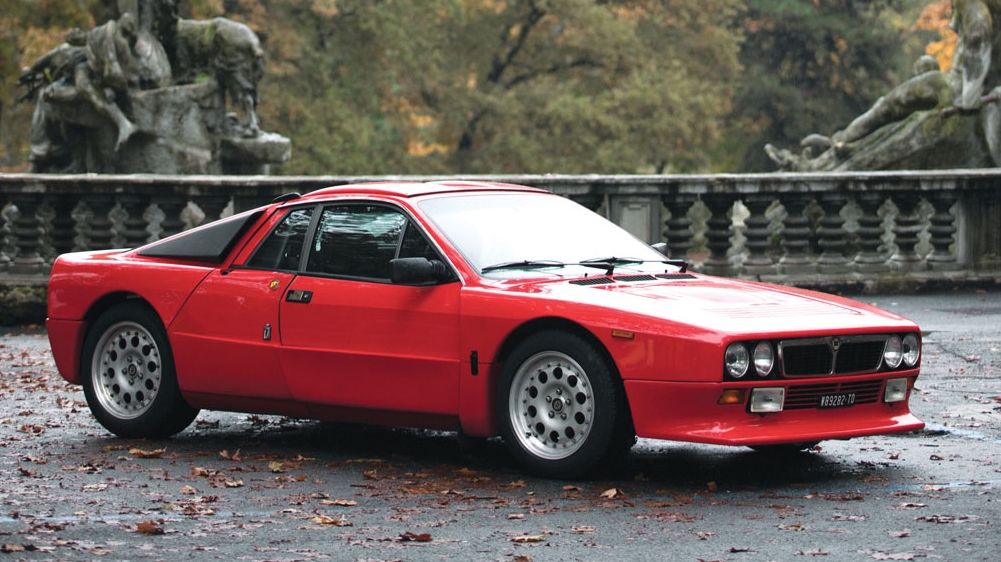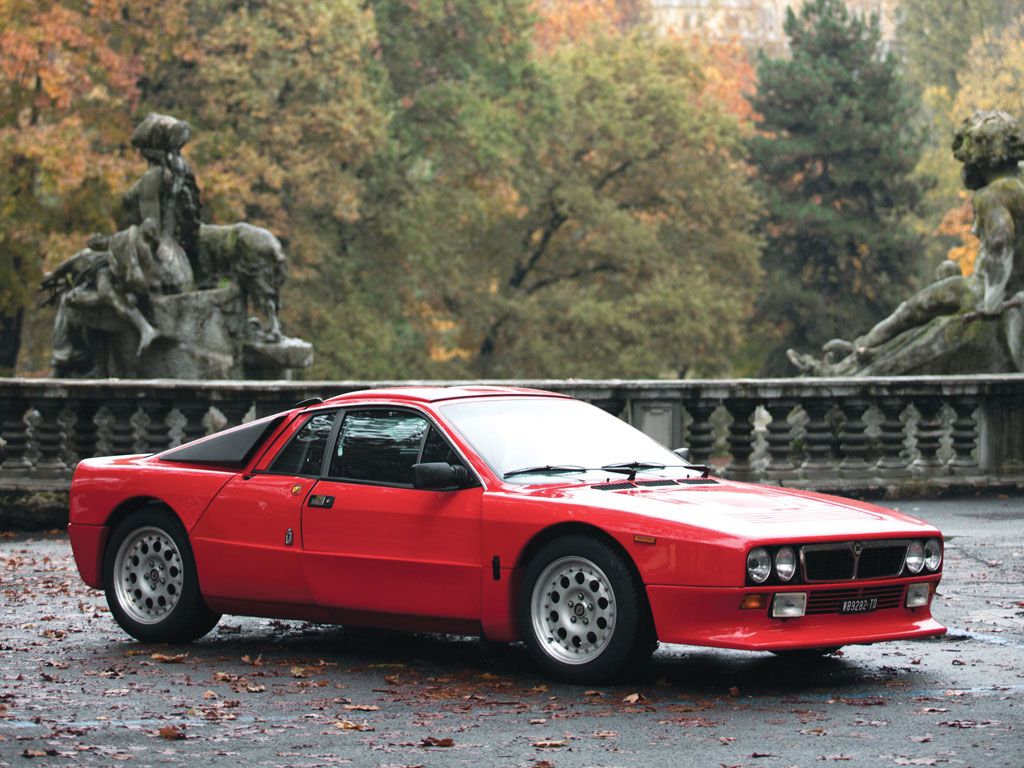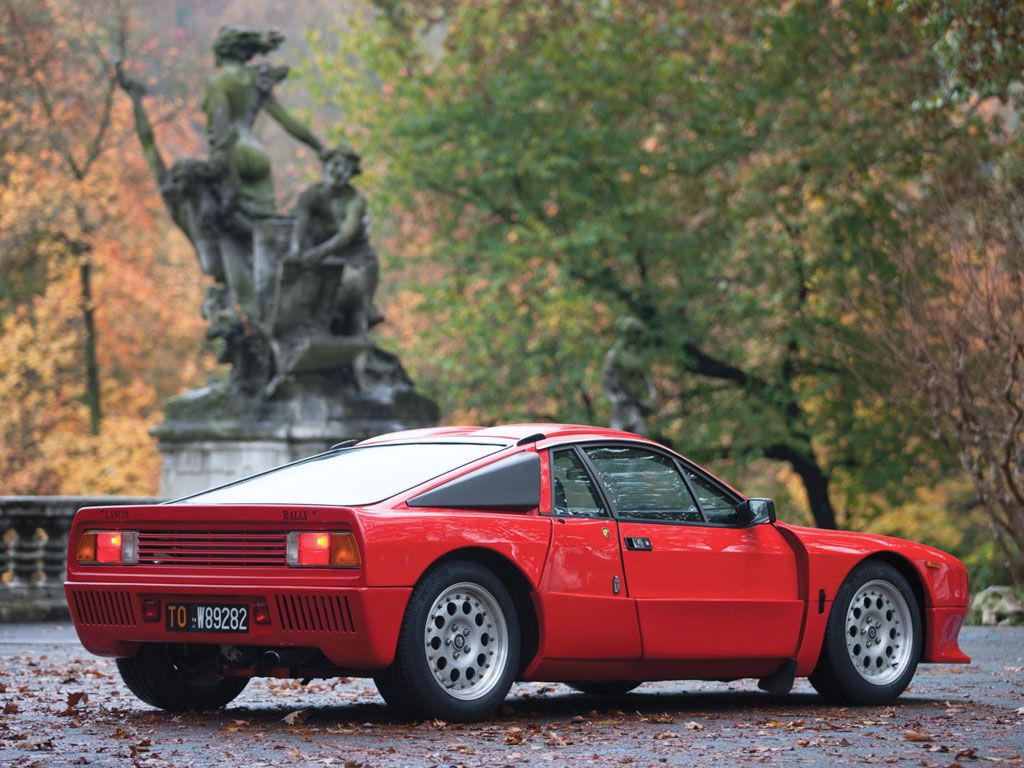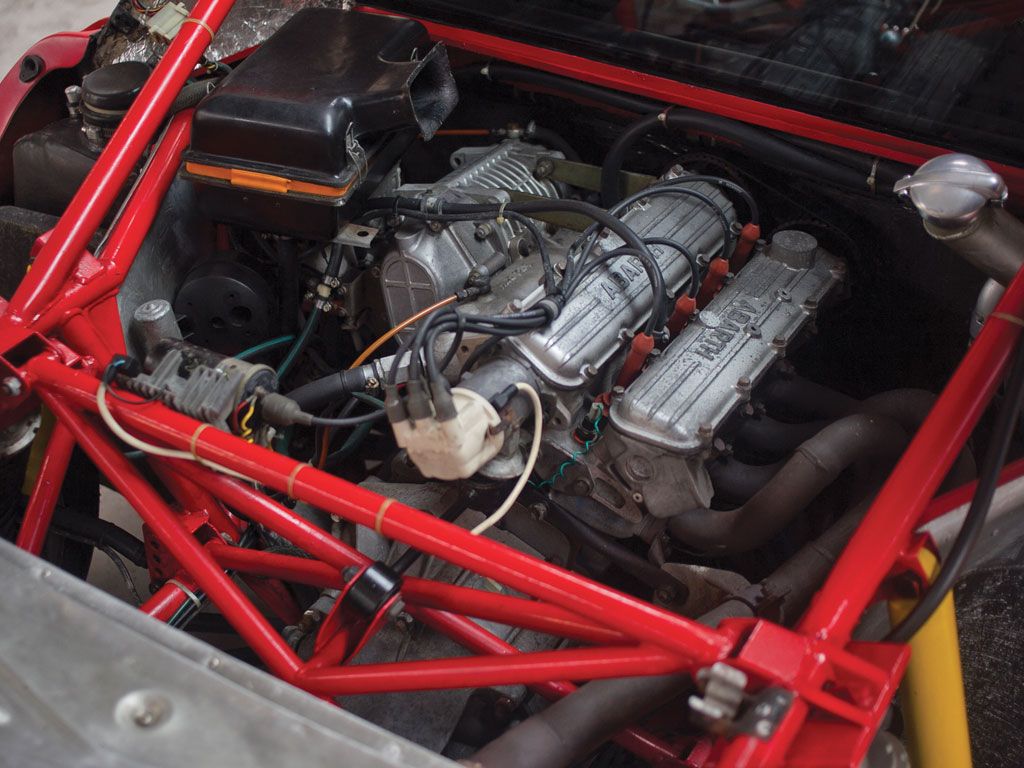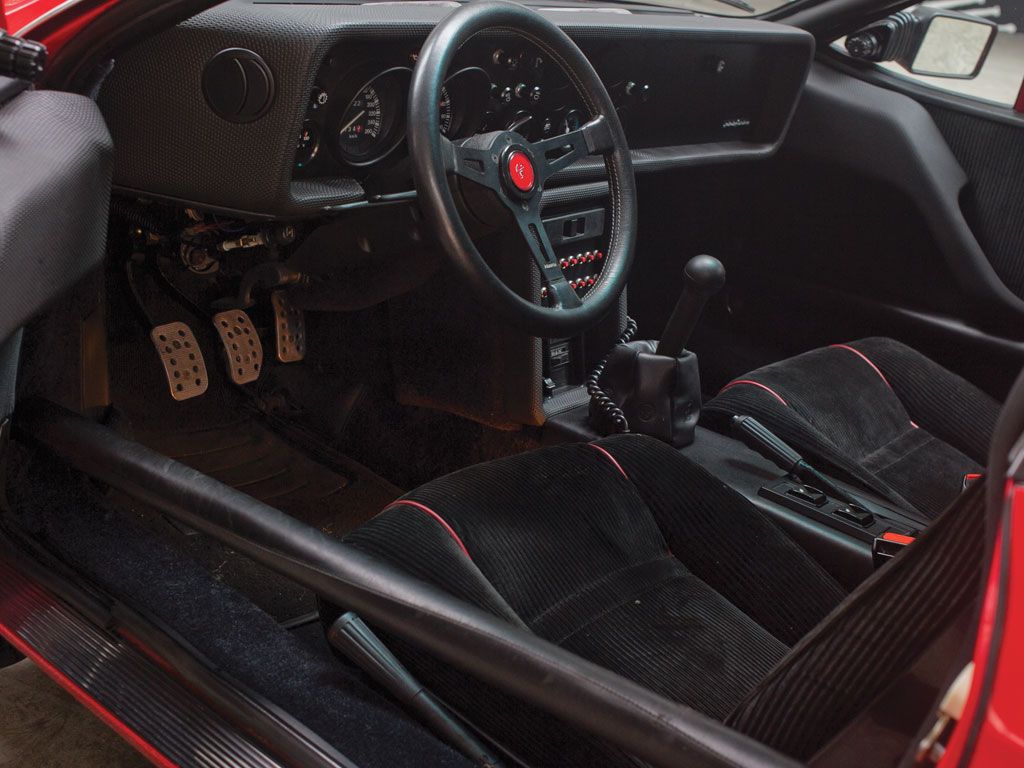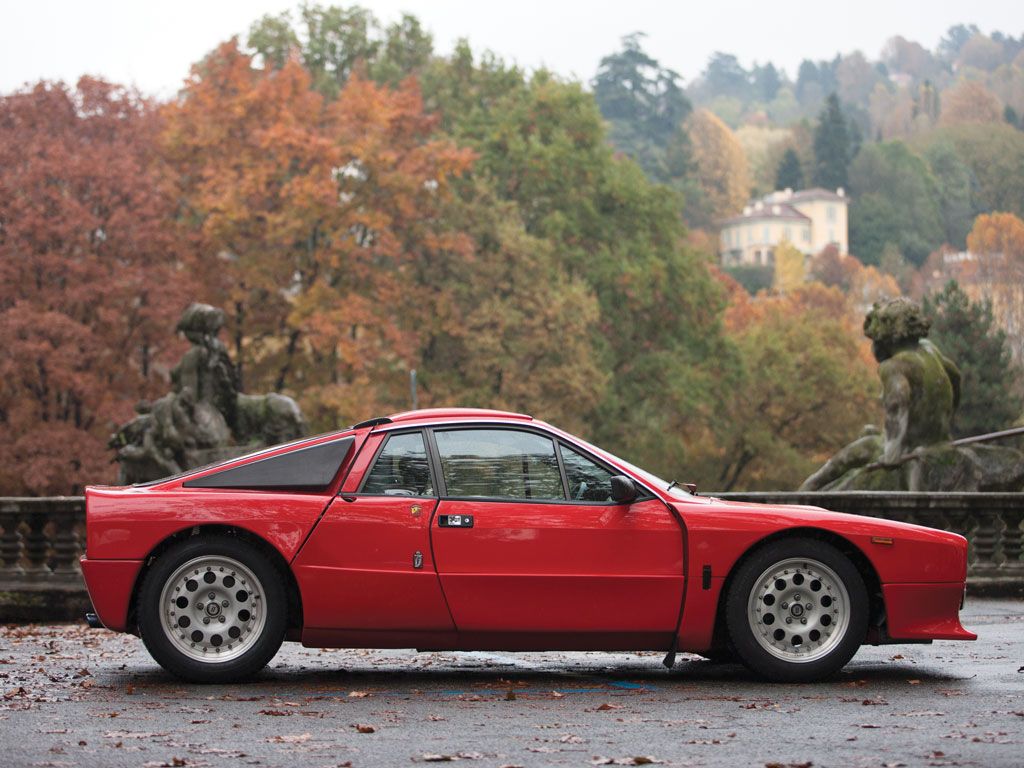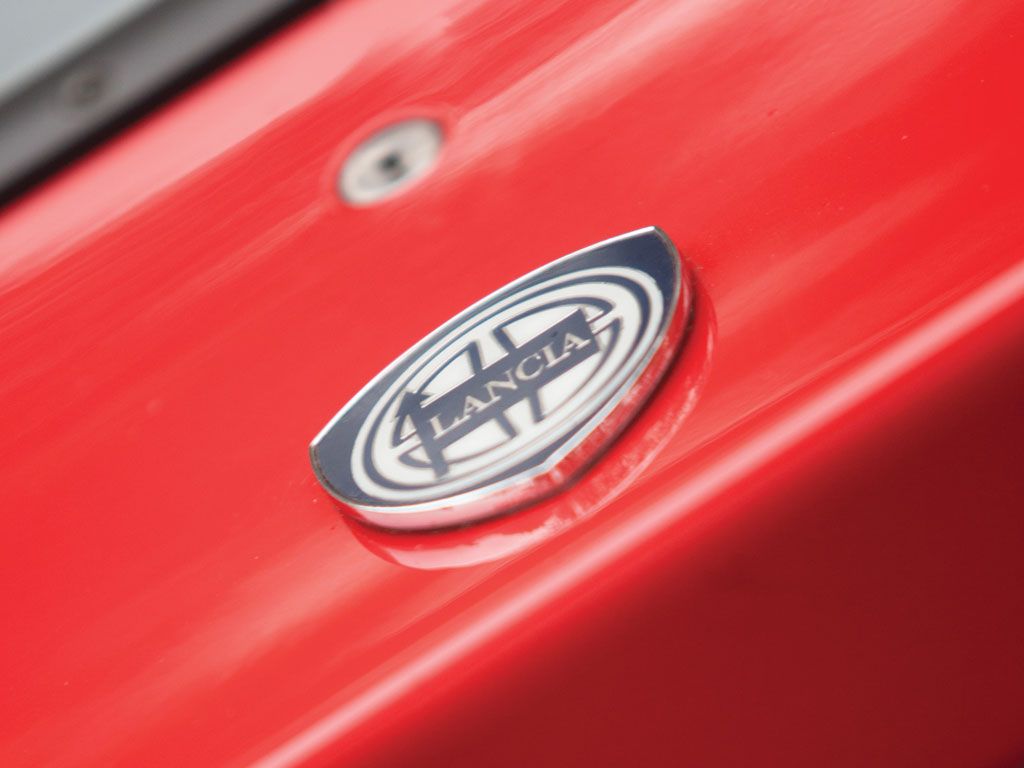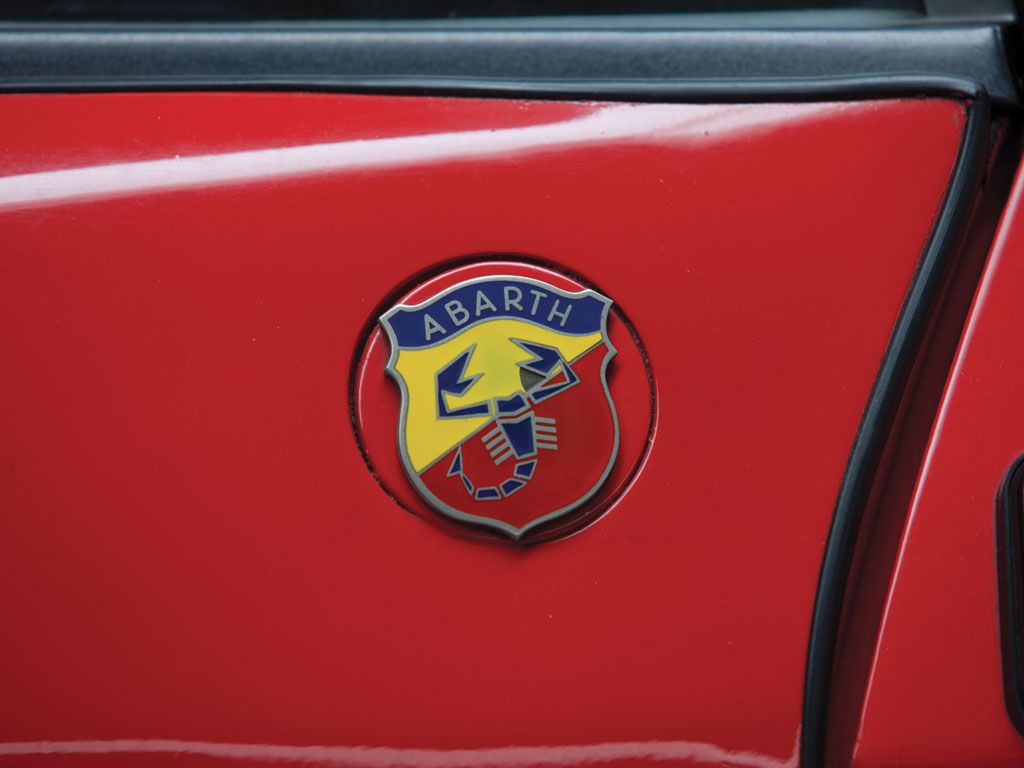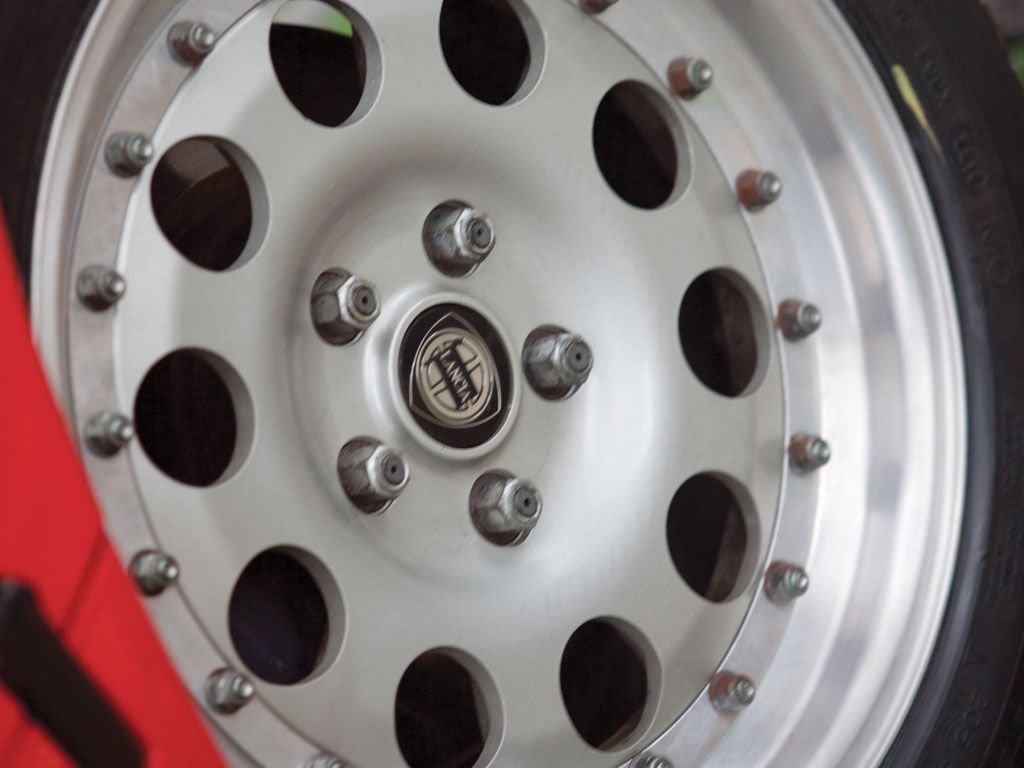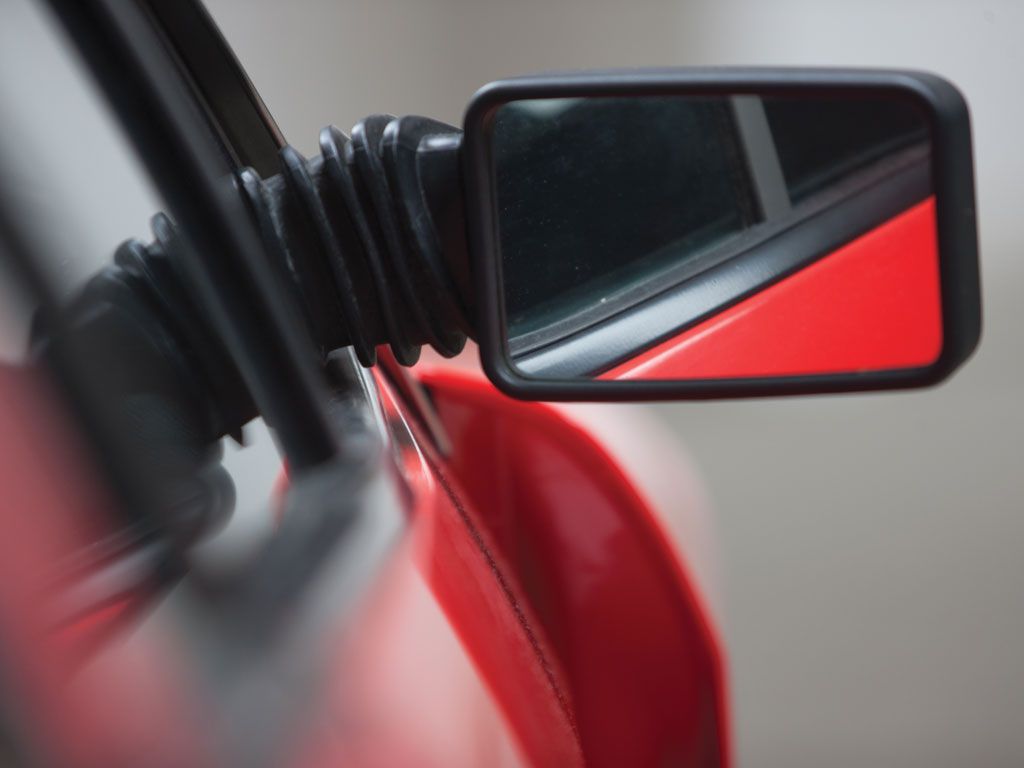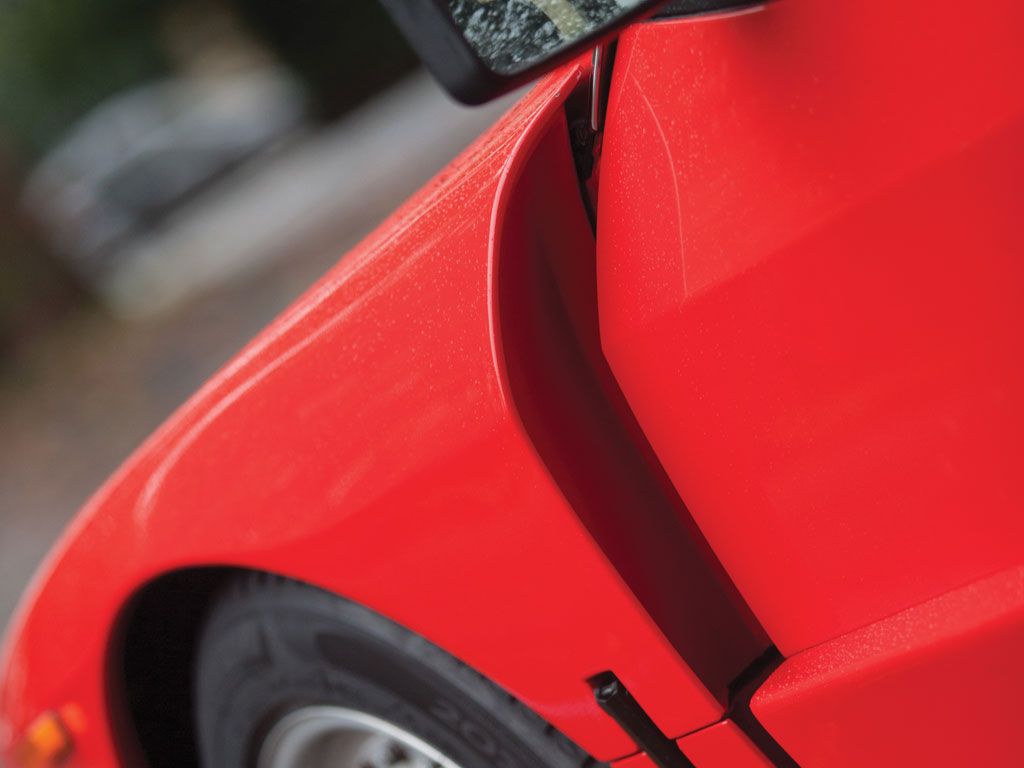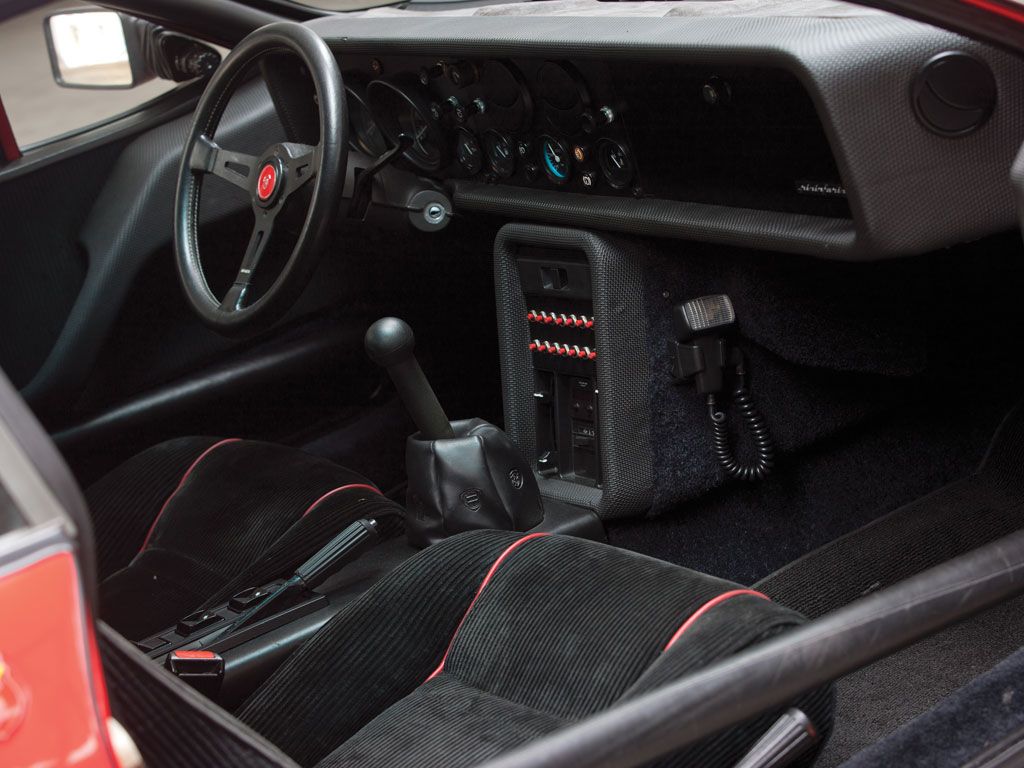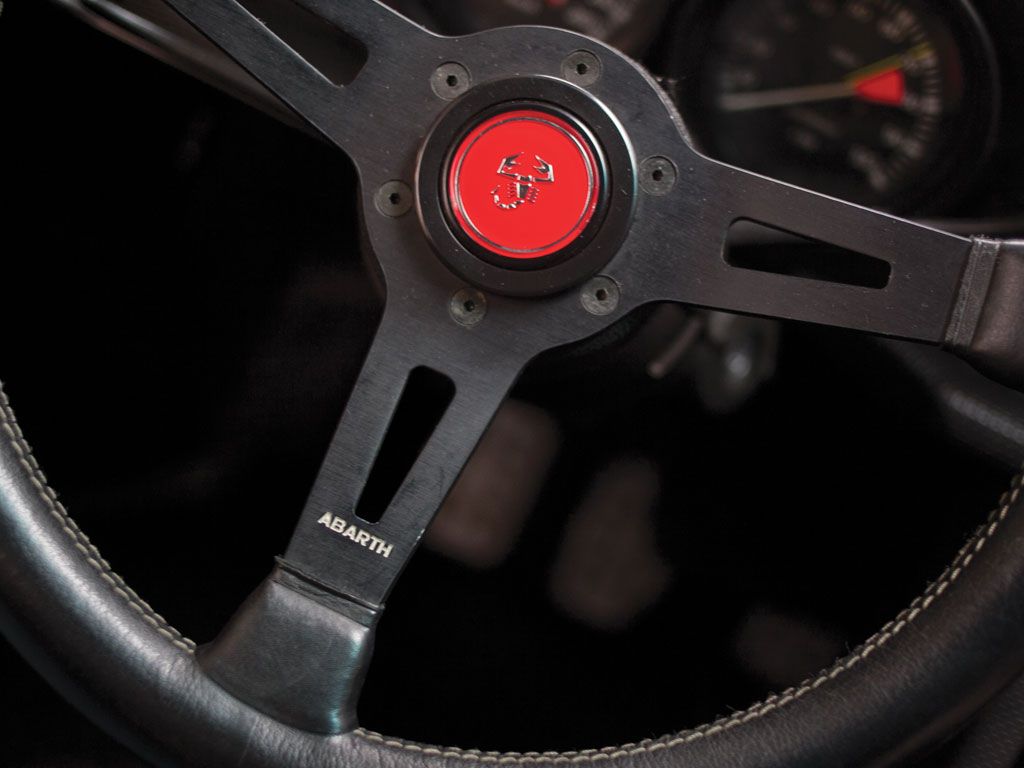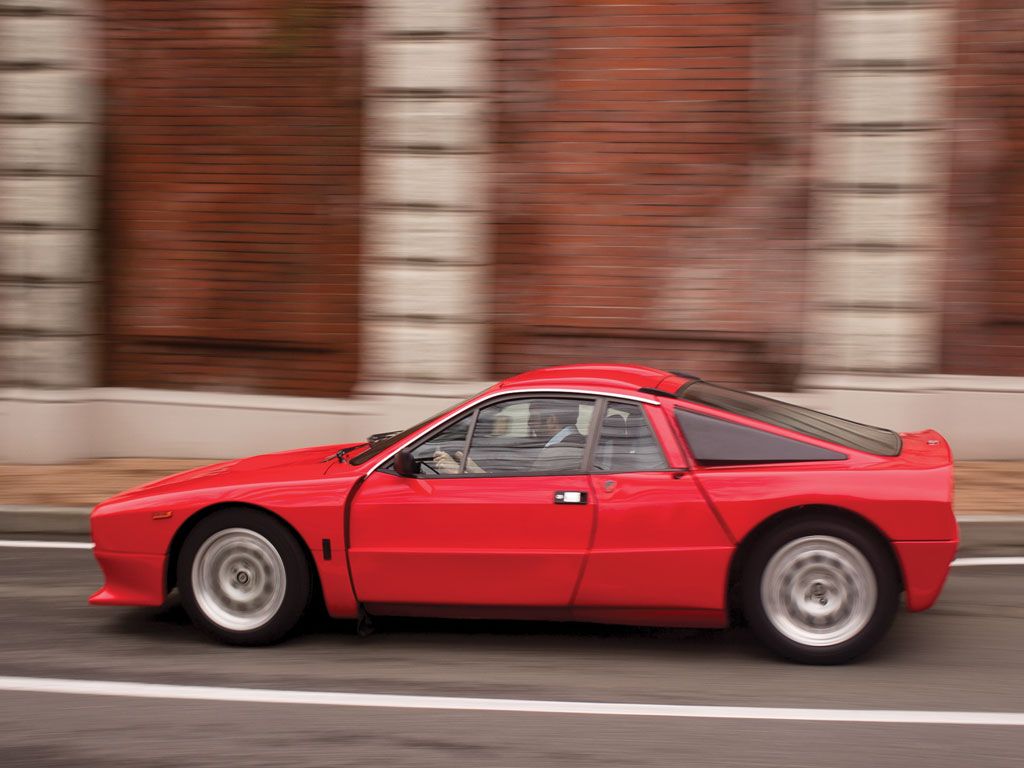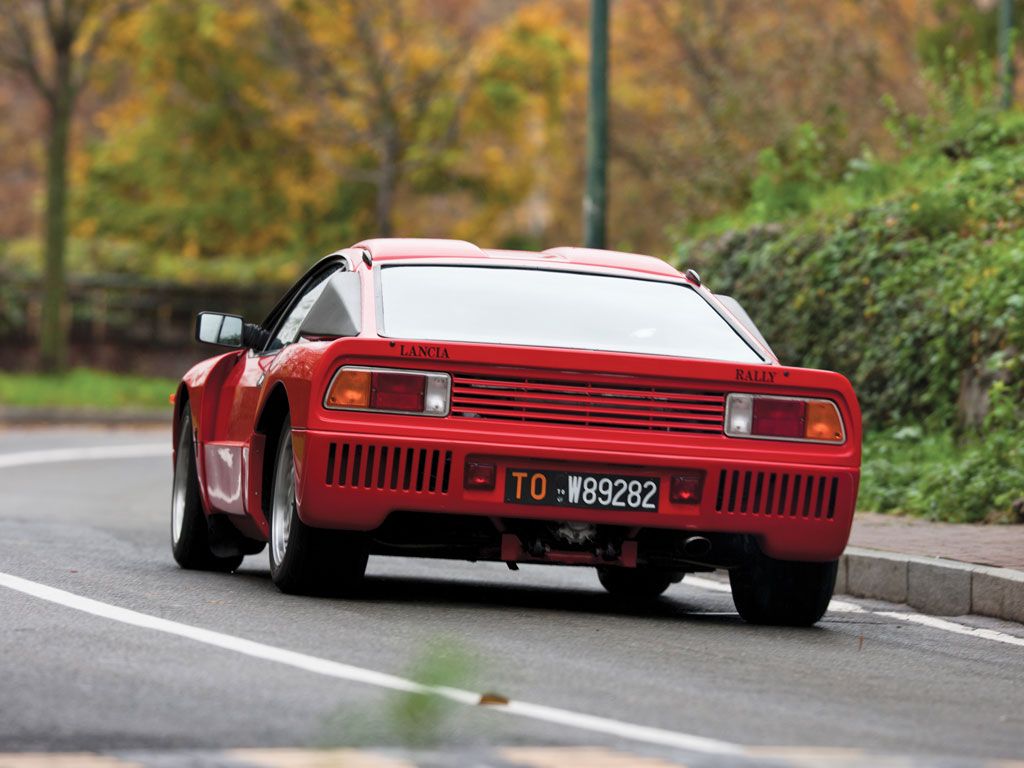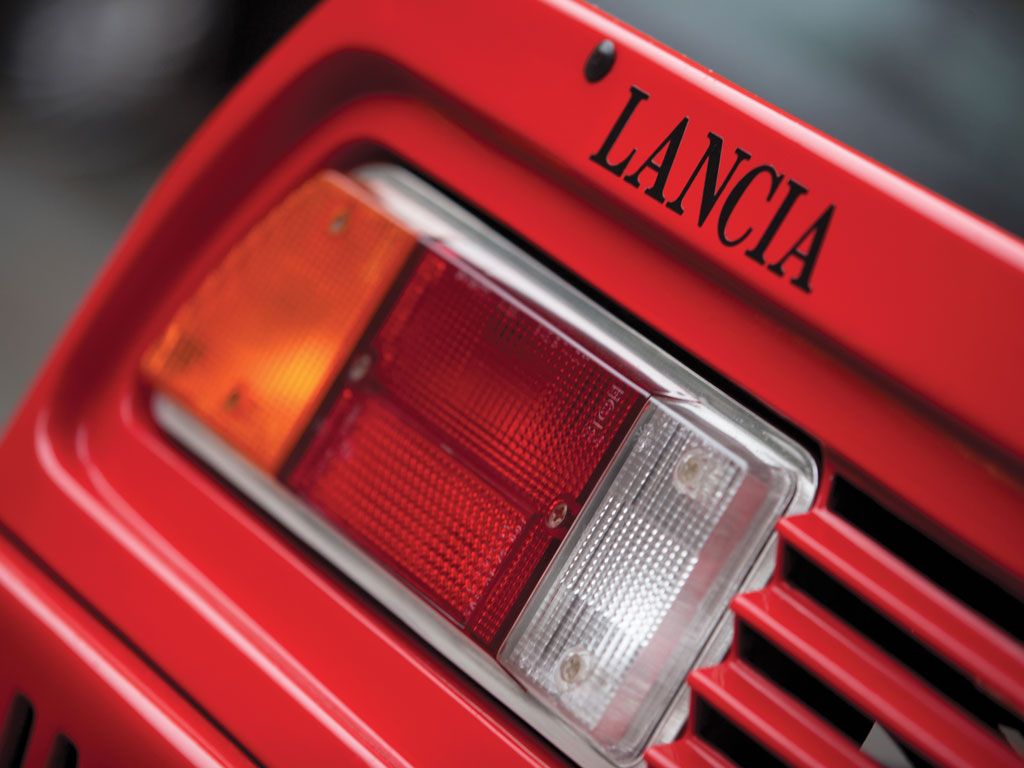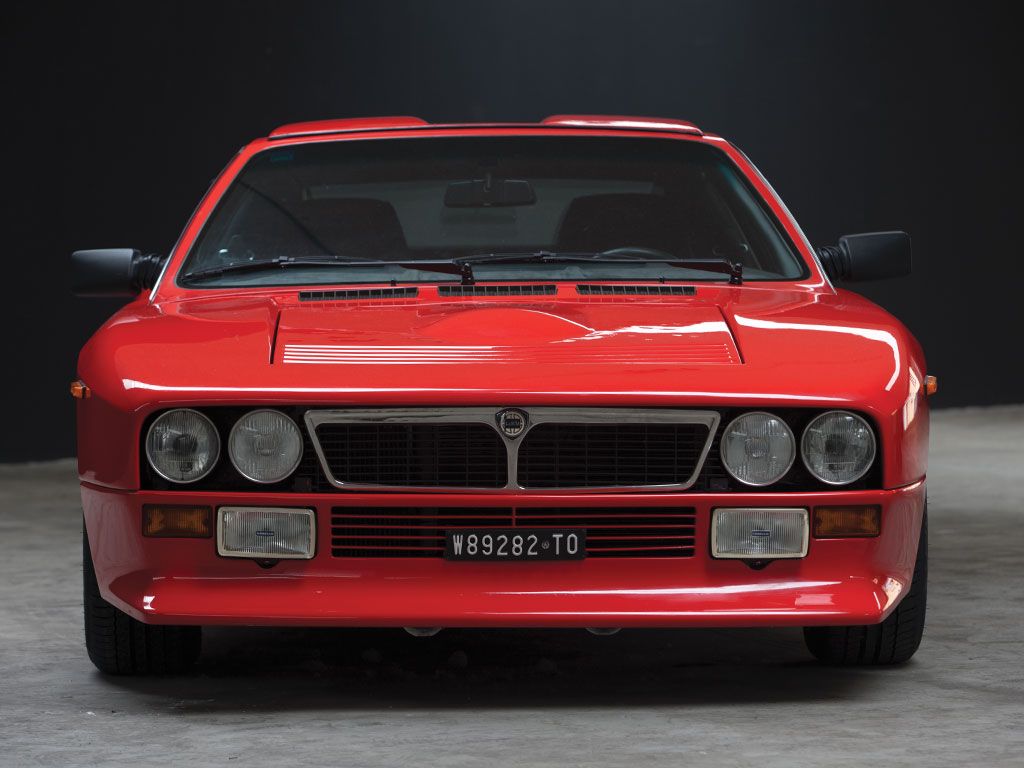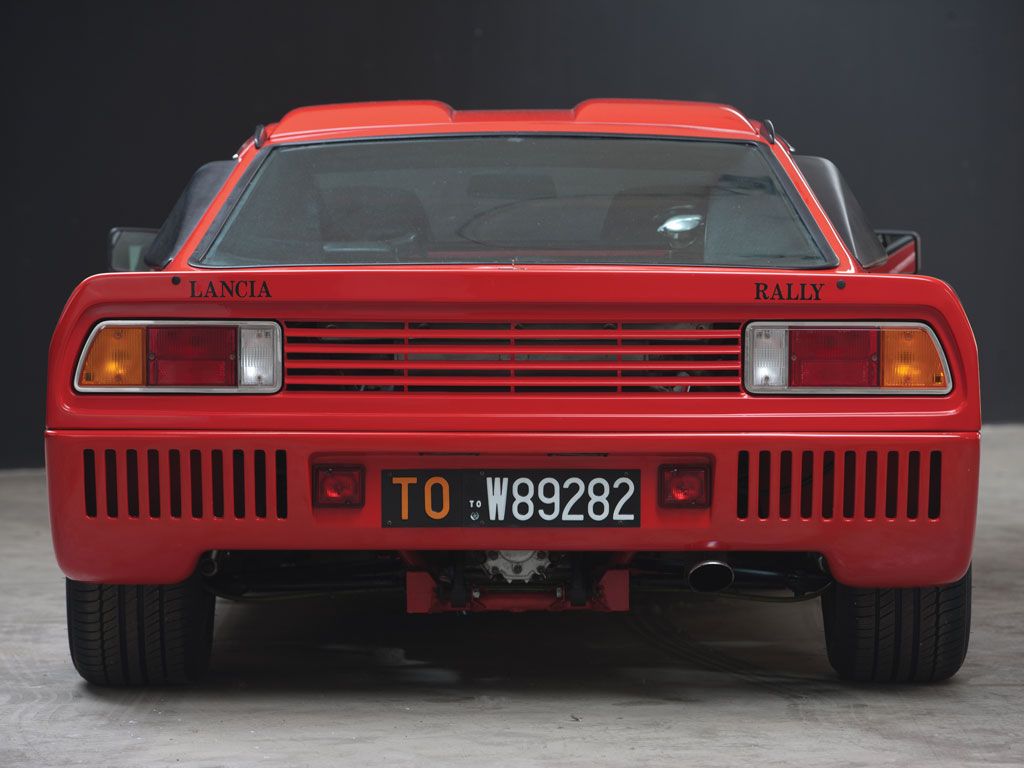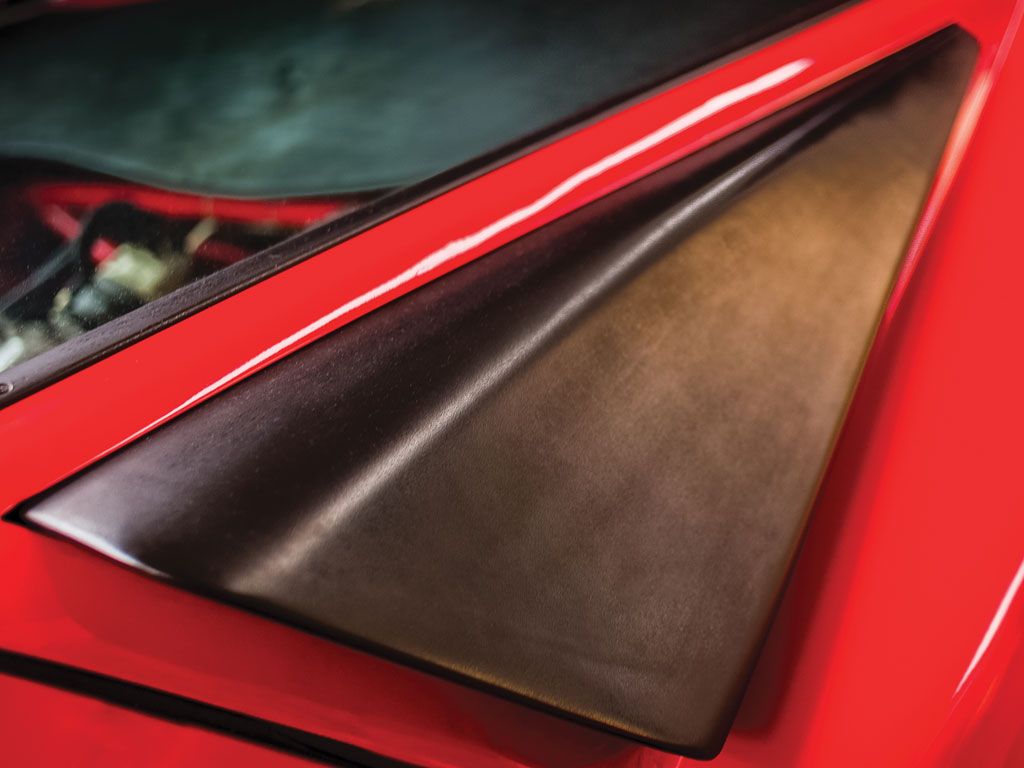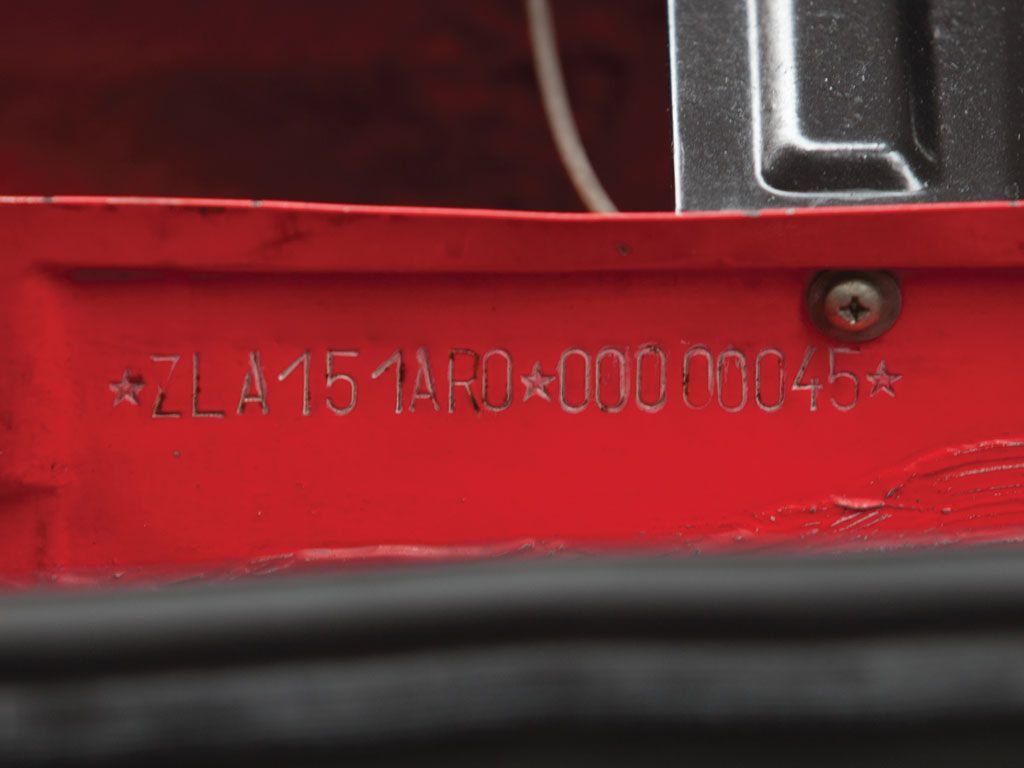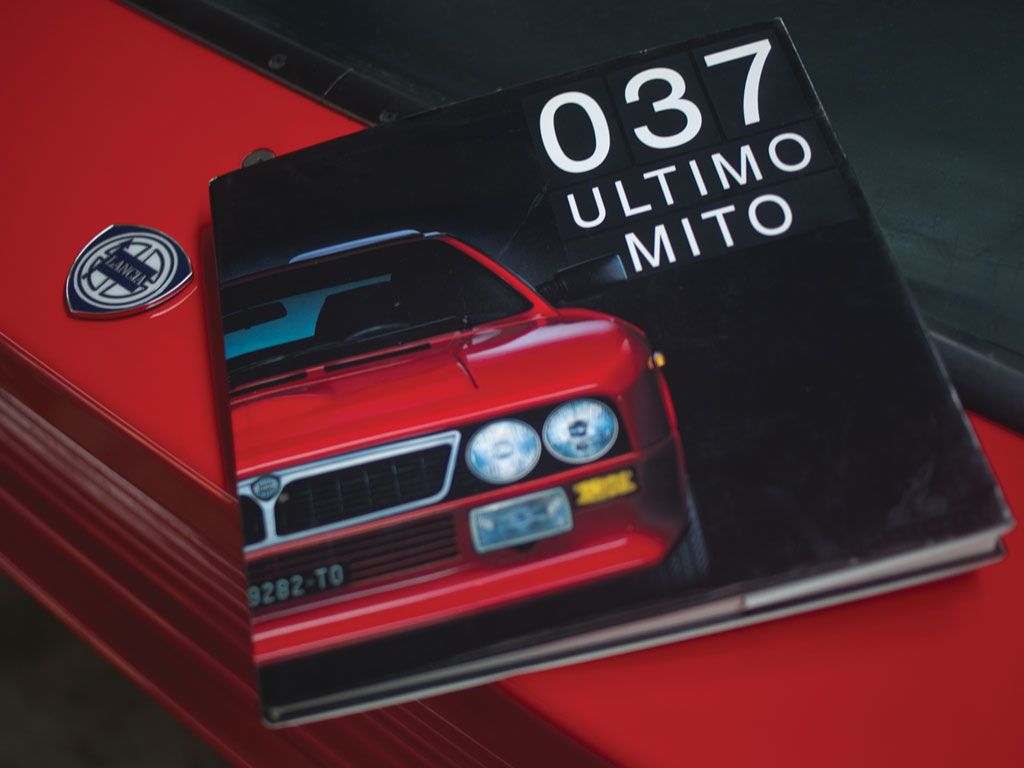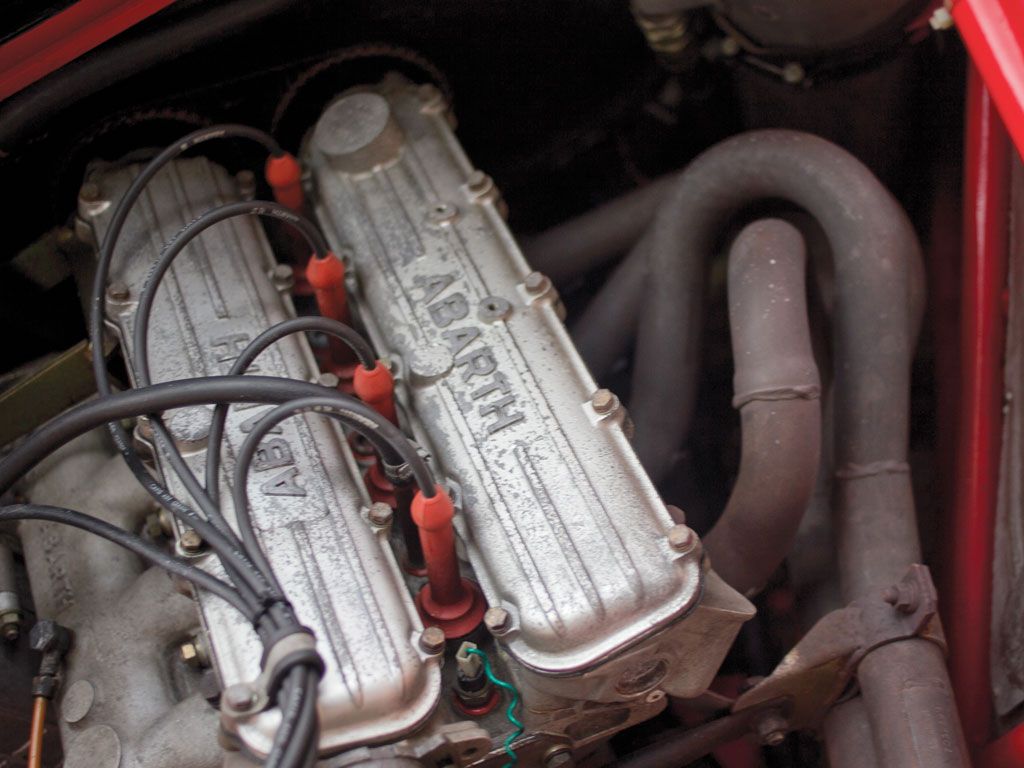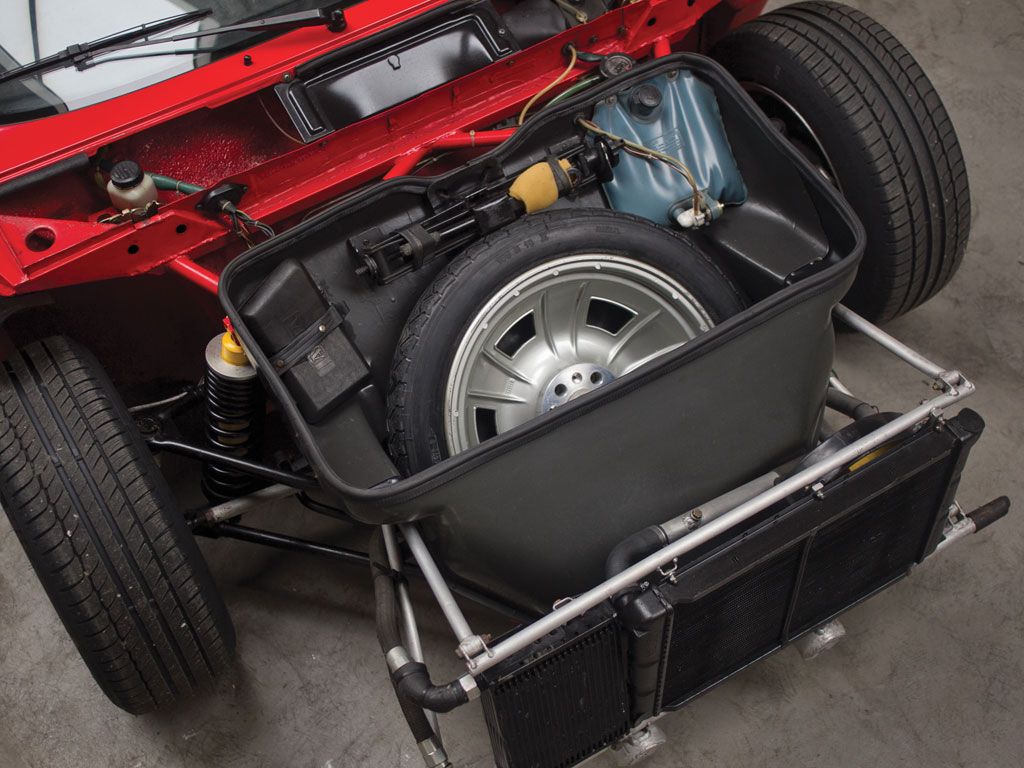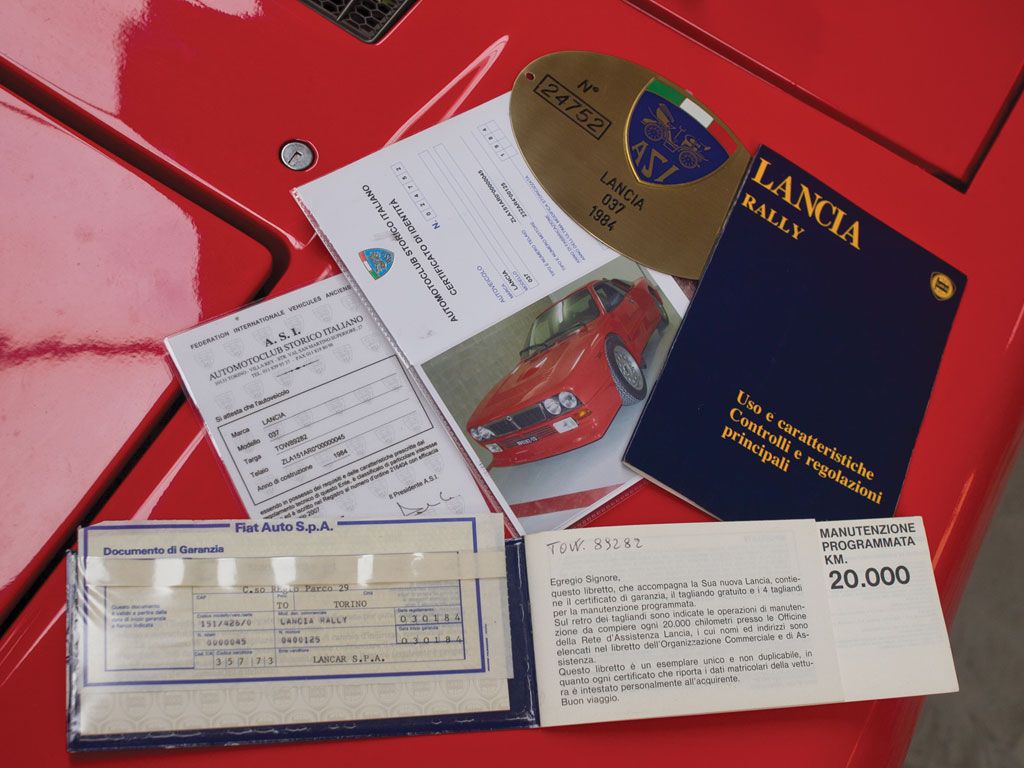Before the Ford Focus,->ke440 before the Subaru WRX, and before the Mitsubishi EVO,->ke2426 there was the Lancia 037 Stradale. This vehicle is arguably one of the greatest rally cars ever created, despite winning only a single manufacturer’s title in the 1983 season of the World Rally Championship. You see, the Lancia 037 accomplished that feat as a mid-engine, rear-wheel-drive platform running against the seemingly indomitable Audi Quattro. Even as the beast from Ingolstadt kicked off the sport’s inevitable mass migration to all-wheel-drive grip, the Lancia 037 somehow clawed its way to victory over the mighty German competitor. The pitched battles fought between these two titans has become the stuff of rally legend, and now, the Lancia 037 sits as the final rear-wheel-drive car to win a WRC manufacturer’s championship.
As part of the homologation rules set forth by the FIA, Lancia was required to create 207 street versions of its 037 for public consumption. Essentially a full-blown rally racer for the street, this vehicle gives no quarter to comfort or practicality. Everything about it connotes a single mindedness, an all-encompassing drive to velocity. A long list of Italian speed-makers can attach their name to this car, including Abarth,->ke2904 Dallara, and Pininfarina.->ke69 Lift up the lightweight bodywork, and you’ll find a steel subframe hiding underneath. The power plant behind the cockpit produces 205 horsepower, which is quite impressive for a 2.0-liter engine made in the early 80s. Even the interior on the streetcar incorporates features specifically designed for use by a co-pilot.
Most of the 207 original street Lancia 037s have disappeared into the mists of time, with many receiving a full transformation to competition race trim and the consequent beating such an outfit entails. Actually running across an original is extremely rare, but every so often, you get incredible finds like the example pictured here. This thing is about as cherry as they come: chassis number 045, single owner from new, less than 14,000 km (8,699 miles) on the odometer, unmodified and in showroom condition. It even has the original Pirelli Cinturato P7 tires. Yes, even the tires are original.
This car is a thick slab of rally history, a physical manifestation of a long-gone era in one of the most exciting sports in the world. And now, it’s going up for auction.
Click past the jump to read more about the 1982 Lancia 037 Stradale.
1982 Lancia 037 Stradale
- Make: Array
- Model: 1982 Lancia 037 Stradale
- Engine/Motor: inline-4
- Horsepower: 205 @ 7000
Exterior
Pininfarina was behind the original visual design, and as such, the Lancia 037 looks both purposeful and exciting. With a body that shares some similarities to the Beta Montecarlo/Scorpion, the Lancia 037 integrates steel subframes before and behind the cockpit, creating what’s known as “silhouette” racer (i.e., a race car that bears some visual resemblance to a production vehicle, but is mechanically quite different).
Notably, the pictured Lancia 037 came without the prominent rear wing, an option that was occasionally excluded in favor of better rear visibility. Under the hood, you’ll find a hand-painted “45”, which denotes the chassis number. The body panels are made from Kevlar-reinforced fiberglass, making them both light and strong, bringing total weight for the vehicle to a mere 2,579 pounds. Finally, like all Lancia 037 Stradales, the pictured model is painted in a bright crimson red.
Exterior Dimensions
|
Wheelbase |
2,445 MM (96.3 Inches) |
|
Front track |
1,508 MM (59.4 Inches) |
|
Rear track |
1,490 MM (58.7 Inches) |
|
Length |
3,915 MM (154.1 Inches) |
|
Width |
1,850 MM (72.8 Inches) |
Interior
Just as the exterior must be red, the interior in the Lancia 037 Stradale must be black. And while there may be some upholstery, don’t expect any coddling -- this thing is definitely not a cruiser. There’s hardly any sound insulation, ingress and egress requires a bit of maneuvering around the roll cage, and the suspension is stiff. Riding in a Lancia 037 is loud and harsh, a visceral experience compared to modern sports cars.
As anyone who has witnessed the glory of rally racing will tell you, even those riding shotgun are quite involved. On the dash, you’ll find gauges and controls laid in a fashion that allows the co-pilot easy access should the driver have his or her hands full with opposite lock. There’s also a flashlight for reading pace notes.
Drivetrain
Crack that large fiberglass bonnet behind the cockpit, and you’ll get a peek at a mid-mounted, supercharged, 2.0-liter, DOHC, inline-four engine, which in street form creates 205 horsepower at the rear wheels. Maximum torque is 166 pound-feet at 5,000 rpm. The supercharger system is from Abarth, which makes between 0.6 and 0.9 bars (8.7 and 13 psi) of boost.
Connecting the horses to the rear wheels is a five-speed manual transmission, which yields a 0-to-60 time less than six seconds. Top speed is around 140 mph.
For 1982, these numbers are rocket-ship territory. Even with front and rear double-wishbone independent suspension, plus four-wheel Brembo/Abarth disc brakes, the Lancia 037 Stradale is a squirmy, handful of a car. Modern vehicles have no problem getting speed out of a little disconnected driving. This machine is different; it was made for those individuals who want total input, 100% of the time.
Drivetrain Specifications
|
Engine |
Inline-4 w/Dry Sump Lubrication |
|
Valvetrain |
DOHC 4 Valves / Cyl |
|
Displacement |
1,995 CC |
|
Output |
205 HP @ 7,000 RPM |
|
Top speed |
140 MPH |
|
0 - 60 mph |
5.8 Seconds |
Prices
Scheduled to hit the auction block early next month, the pictured 1982 Lancia 037 Stradale is expected to fetch between €200.000 and €250.000, which is between $231,660 and $289,725 at current conversion rates (1/19/15). Considering the extreme level of originality, exclusivity, and history behind this road-going rally racer, that seems just about right.
Competition
Audi Quattro
Making its debut in 1980, the Quattro revolutionized the sport of rally racing. Featuring a turbocharged, inline-five engine, this Audi snatched titles in the 1982 and 1984 WRC seasons, as well as earned second place finishes in 1983 and 1985. In 1981, France’s Michèle Mouton piloted her Quattro to become the first female driver to win a world championship rally. In total, the Audi took 23 WRC victories between 1981 and 1985. After the Lancia’s 1983 championship, all-wheel drive became mandatory to stay competitive.
Not only did this car alter the face of rally, it also advanced the availability of mass-produced all-wheel-drive systems. Suddenly, traction from all four tires wasn’t just needed by the crazies behind the wheels of rally cars- it soon became a prominent safety feature in many road-going passenger vehicles as well.
Peugeot 205 T16
Like Lancia, Peugeot was required to build 200 road-going versions of its Group B rally car in order to meet homologation rules. To this end, the French carmaker created the 205 T16 road car, a mix of heavily modified production pieces that amounted to one serious little racer. These dark grey super boxes came with 200 horsepower from a turbocharged, mid-mounted, 16-valve, four-cylinder engine. They also have all-wheel drive, just like the rally car.
The racing versions of these vehicles were quite successful toward the end of the Group B era, taking wins in the 1985 and 1986 manufacturer’s and driver’s championships. In total, the 205 T16 was able to clinch 16 WRC victories between the years of 1984 and 1986.
Conclusion
To many people, the Lancia 037 is a rolling tribute, a salute to what rally racing used to be before the technology of all-wheel drive changed it forever. The fact that this road car is so close to the race version means that even if it’s just sitting, anyone who knows what it is can be transported back with a glint off that red paint or a crack of the throttle.

